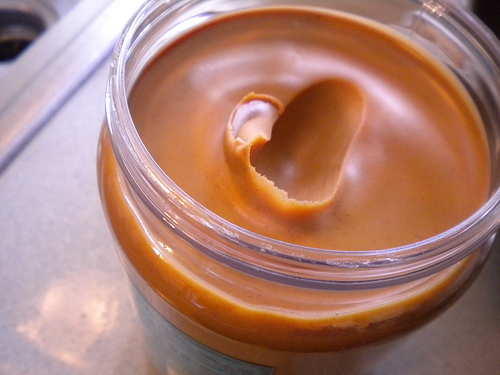
Fatigue is the bane of most humans. Causes include boredom, a lack of sleep (which is potentially due to late night web surfing for the most hilarious cat video) or exhausting trials during the day (see previous web surfing). Ultimately, fatigue finds its way into all of our lives. As researchers, our goal is to help prevent fatigue or at the very least minimize it. Why? (Wait, didn’t we cover the whole “why” thing last time?)
Fatigue can lead to restlessness, confusion, lack of attention and a bad case of the “hurry up and let’s get this over with.” The results in everyday life appears in many forms, such as diapers that are slightly askew (read on the wrong end of the child) or finding your coffee pot in the fridge while your creamer is in the cabinet with the peanut butter. There are of course less hilarious and more dangerous aspects of fatigue, and with survey work, we do take this very seriously. Fatigue can impair the quality of a survey, and potentially misrepresent the consumers’ experiences, thoughts and ideas in the data.
Simply put, surveys are created to capture a respondent’s values, beliefs, and opinions. Having an engaged party who can articulate their feedback provides us with sound data that can then be translated into actionable feedback for the client. In order to manage fatigue, we are conscious of both question length as well as the amount of jargon or “pop” words used to convey ideas. Please don’t read this as “dumbing down,” we don’t ever encourage treating folks as anything other than knowledgeable individuals. The real task is crafting a question that gets to the heart of the matter in as concise a form as possible.
Overall survey length is another key input, as long surveys that explore a laundry list of questions and scales and open ends and thoughts and…see you’re tired just reading it and anticipating when I’ll finish my diatribe. Some say that only one question is needed to really understand a participant’s point of view. I’m not in that camp, but I would recommend focusing on a few key related themes. Appropriate length varies based on the medium used to distribute the survey (paper, online, in-person administered, etc.) but brevity is definitely a word to keep top of mind during the design process.
The goal should be to engage the participant with well crafted questions and then keep them engaged so they complete all questions in a thoughtful manner. When creating a survey, our team focuses on the needs and goals of the program, client and/or the brand in order to craft a tool that is both precise and embraces a brevity needed to maintain a participant’s focus. A survey should be that quick jolt that awakens us from our daily doldrums as we are given the chance to expound on a topic we hold so dear, ourselves. Anything else could end up with the peanut butter…where ever I left that.
Photo Source: http://www.flickr.com/photos/mrsdkrebs/7104016311/
